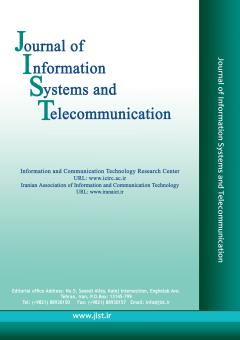A Survey of Intrusion Detection Systems Based On Deep Learning for IoT Data
Subject Areas : Machine learning
Mehrnaz Moudi
1
![]() ,
Arefeh Soleimani
2
,
Arefeh Soleimani
2
![]() ,
AmirHossein Hojjati nia
3
,
AmirHossein Hojjati nia
3
![]()
1 - Department of Computer Engineering, University of Torbat Heydarieh
2 - Department of Computer Engineering, University of Torbat Heydarieh
3 - Department of Computer Engineering, University of Torbat Heydarieh
Keywords: Internet of Things, Artificial Intelligence, Machine learning, Deep learning, Intrusion Detection Systems,
Abstract :
Today, the scope of using the Internet of Things is growing by taking science and technology as the first place in human life, and as these networks get bigger, more data are exchanged. It performs high-speed data exchanges on the Internet and in a pre-defined network. The more the Internet of Things penetrates into people's lives, the more important data it transmits. This causes attackers to draw attention to these data, and Internet of Things network devices that have limited resources are exposed to attacks. With the complexity of hardware and software for the ease of human's use, naturally more intelligent attacks will happen, which is the reason of presenting many methods in this field. For this reason, in this article, we are going to discuss the most important methods used in intrusion detection systems based on deep learning and machine that can identify these interruptions. In this article, we have compared 46 articles from 2020 to 2024 based on the type of dataset used, the type of classification (binary or multi-class) and the accuracy rates obtained from each method, and we have been able to see a comprehensive overview for researchers who intend to work in IoT data security. According to the obtained results, if the proposed method is implemented in binary form, it can achieve better accuracy than multi-class.

